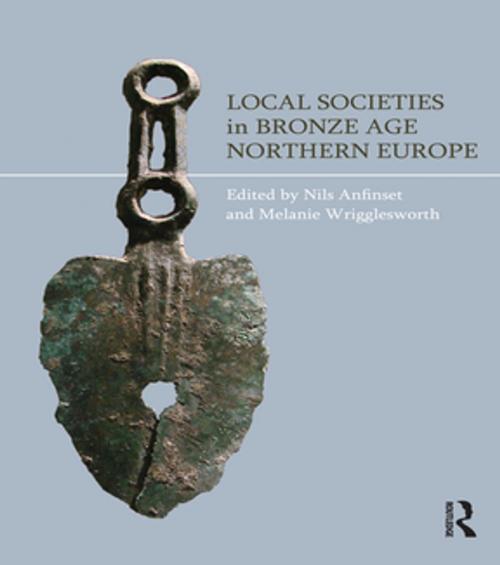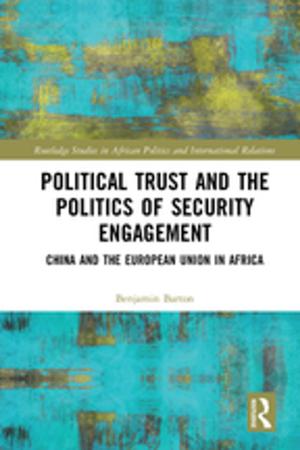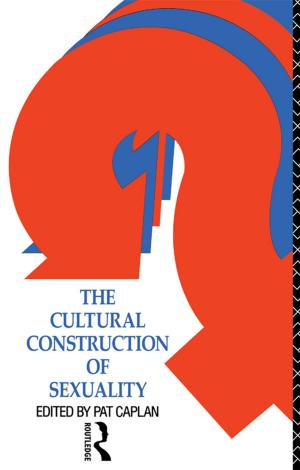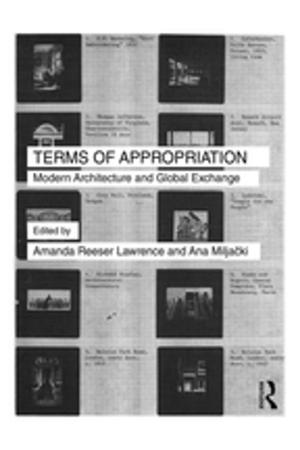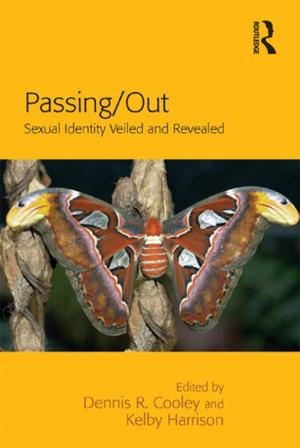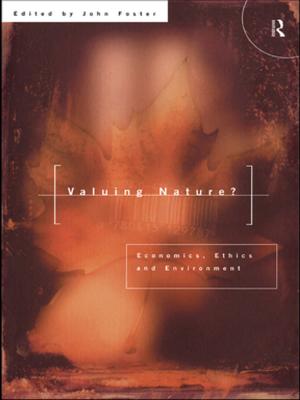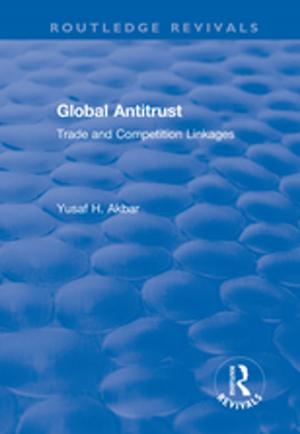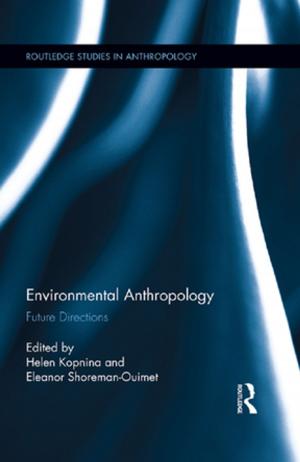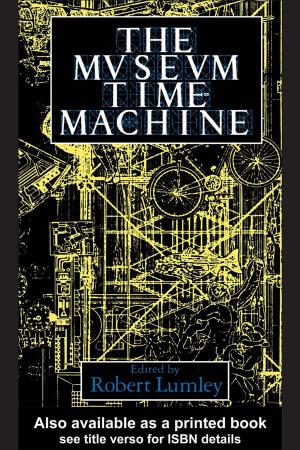Local Societies in Bronze Age Northern Europe
Nonfiction, Social & Cultural Studies, Social Science, Archaeology| Author: | Nils Anfinset, Melanie Wrigglesworth | ISBN: | 9781317544104 |
| Publisher: | Taylor and Francis | Publication: | October 14, 2014 |
| Imprint: | Routledge | Language: | English |
| Author: | Nils Anfinset, Melanie Wrigglesworth |
| ISBN: | 9781317544104 |
| Publisher: | Taylor and Francis |
| Publication: | October 14, 2014 |
| Imprint: | Routledge |
| Language: | English |
This book aims to understand the process of the Bronze Age societies of Northern Europe which are often regarded as the periphery and a bleak contrast to the Central European Bronze Age. The Bronze Age is the first "globalised" period with new types of societies and new modes of exchange and trade. In this context there is considerable local variation and diversity within the Bronze Age societies of Northern Europe which is poorly understood, although there have been advances and changes in this research. Therefore this book challenges some of the mainstream opinions on the Bronze Age of Northern Europe, and focus on local and regional aspects. This is done by a series of articles from significant contributors that deal with these issues on theoretical and empirical levels, with regards to differences, cultural dualism, boundaries, regions and regionality in a period of increased "globalisation". The result is a movement away from local and regional aspects toward communications, travels and contacts between northern Europe and the greater world, not only towards Central Europe and the Near East but also towards the east. Northern/Arctic Europe is often left out in these discussions, and this book will contribute to this greater picture of the Bronze Age world.
This book aims to understand the process of the Bronze Age societies of Northern Europe which are often regarded as the periphery and a bleak contrast to the Central European Bronze Age. The Bronze Age is the first "globalised" period with new types of societies and new modes of exchange and trade. In this context there is considerable local variation and diversity within the Bronze Age societies of Northern Europe which is poorly understood, although there have been advances and changes in this research. Therefore this book challenges some of the mainstream opinions on the Bronze Age of Northern Europe, and focus on local and regional aspects. This is done by a series of articles from significant contributors that deal with these issues on theoretical and empirical levels, with regards to differences, cultural dualism, boundaries, regions and regionality in a period of increased "globalisation". The result is a movement away from local and regional aspects toward communications, travels and contacts between northern Europe and the greater world, not only towards Central Europe and the Near East but also towards the east. Northern/Arctic Europe is often left out in these discussions, and this book will contribute to this greater picture of the Bronze Age world.
